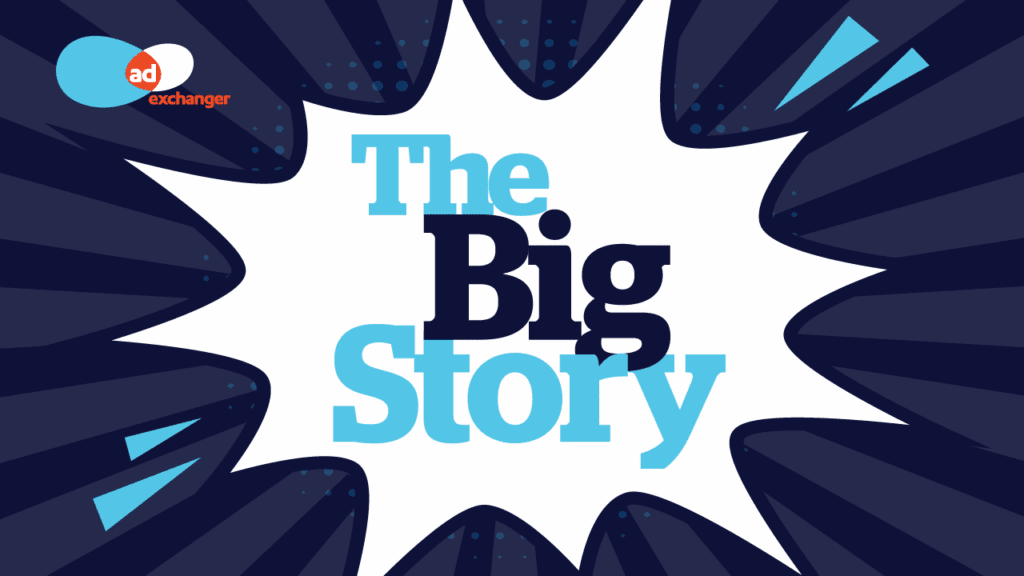During the past three years, I’ve seen paid-search advertising rise exponentially to become the darling of business-to-business advertising. Marketer after marketer has told me how he has cut out much of his other advertising efforts and put the budget toward search because of its “effectiveness.”
And let’s face it, there’s nothing that warms the cockles of a b-to-b marketer’s heart more than a truly targeted list—and what more are search results than a self-targeted list?
So this summer, when MarketingSherpa’s research team asked 1,900 business technology marketers to reveal which online advertising buy was most effective, I confidently expected the answer to be search advertising. I was wrong.
Turns out that search advertising was the most effective type of online ad for only one category: 84% of business technology marketers who target midsize organizations rated search ads effective. But the marketers targeting extremely large organizations—the Fortune 1000 and the Global 1000—did not rate search advertising as their top pick.
At the same time, the marketers who targeted small organizations—ranging from your typical small office/home office (SOHO) crowd to companies with fewer than 100 employees—also said paid-search advertising was not their top online pick. Search did pretty well, mind you, but it was not number one.
Please be aware that these data were not sliced by the size of the marketers’ own organizations. Instead, they were sliced by the size of their prospects’ organizations, because in marketing effectiveness it’s your prospects’ demographic that matters far more than your own.
So what was the most effective means of reaching the Fortune 1000 and Global 1000? White-paper syndication services ruled the field at 78% effectiveness.
Why? My theory is that decision makers at large organizations often have a formal process by which they buy products and services. This process usually includes a research phase, most often assigned to a manager-level executive who combs the Web (and often trade shows) for appropriate vendor white papers as a starting point. This is why white-paper syndication—the act of placing your white papers into the online library of third-party technology news and information sites works exceptionally well when targeting the Fortune 1000.
On the other hand, white-paper syndication was not one of the top picks to reach smaller companies. In fact, it was rated 19 points lower in effectiveness. Instead, to reach smaller organizations, the highest-rated online ad was an offer in a third-party e-mail newsletter.
My guess is that executives at very small organizations, who may be handling multiple job functions, are more likely to respond to ads in e-mail newsletters they’ve actively signed up for and respect. They have no time to go trolling for information but may pay attention to media that are pushed out to them—especially if they are a quick, targeted read.
(Here’s a bit of irony: In general, the smaller a marketer’s own company is, the more likely that marketer is to devote more of his budget to online, especially search. Which I guess proves that what works for you in marketing may not be what works for those who are marketing to you.)
Anyway, given this information, I predict some frustration on b-to-b marketers’ parts when it comes to online media buying. Our research team discovered when looking over the online media field that although ads in third-party newsletters could be extremely effective, it can be harder to buy them than most other online media.
Many b-to-b media companies and trade associations offering e-zine ads sell out their most popular newsletter spots months ahead of time. Plus, an increasing number will sell a newsletter ad only as part of a bundle. If you buy some banners, and perhaps sponsor a Webinar, then they’ll toss in the e-mail ads as well.
That’s unfortunate. While there is something to be said for your message being omnipresent across multiple media channels (the more places a prospect sees you in a particular time period, the more likely he’ll recall your message—up to a certain point), there also is a lot to be gained from targeting. If your prospect reads only newsletters and reacts to their ads, the rest of your banners are wasted.
Anyhow, it’s something to consider. In the meantime, if you’d like to see the detailed chart that this data is presented in, there’s a free download link immediately below.
Anne Holland is president of MarketingSherpa, a research firm publishing case studies and benchmark data for its 237,000 marketing executive subscribers For a free executive summary of MarketingSherpa’s new Business Technology Marketing Benchmark Guide, featuring the chart of ad-buy effectiveness by prospect’s company size, go to http://BusinessTechnologyMarketingData.MarketingSherpa.com.
© MarketingSherpa, Inc. 2006



